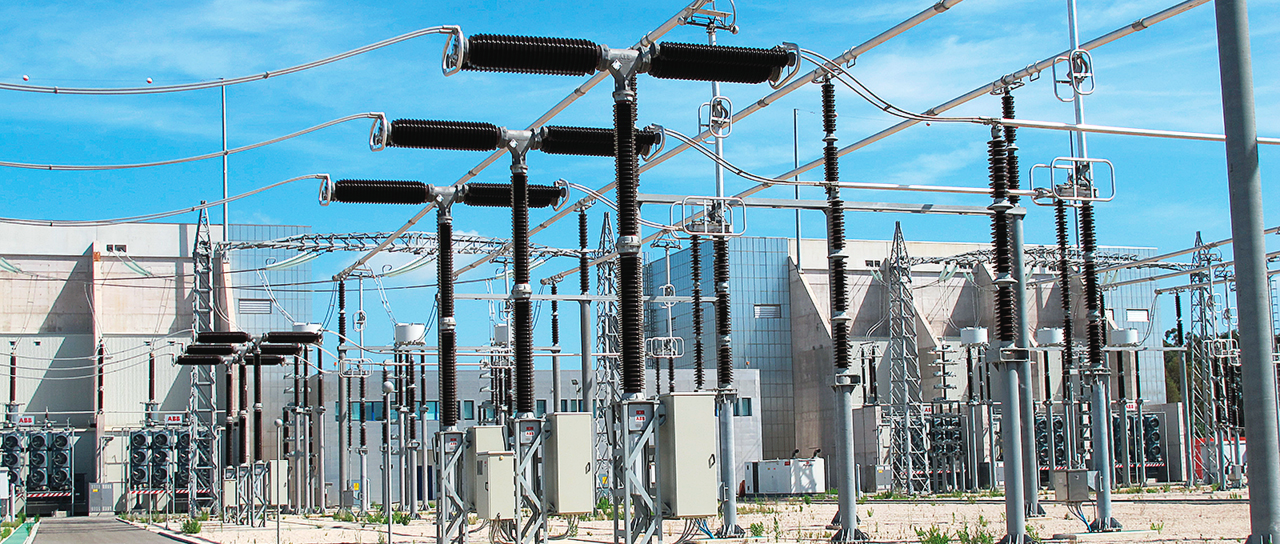- Education and information
There is a conversation currently in the power industry regarding what should be considered an “adequate” cable entry seal. The lack of an industry standard leaves room for interpretation – and that is why rodents in substation buildings, cabinets, and equipment have been accepted as the status quo for decades.
Rats, raccoons, possums, and skunks creep their way in through conduit and other cable entries to take habitat. Snakes slither in on their tails, looking for a warm place and a meal.
These rodents are nesting within your equipment leaving debris, feces and urine. With this, they bring in bacteria and various diseases like the Hantavirus – and in turn, create a hazardous work environment.
Many of the substations are unmanned for several weeks at a time. When people enter the buildings or open the cabinets, they are greeted with these issues.

Because of this, the work may be delayed until someone can trap and rescue the animals. Then traps and bait need to be reset and the location cleaned. The price of this reactive strategy can be tens of thousands in cleaning, rewiring, and downtime.
Unfortunately, it is a part of their life. The relay techs and engineers often work in these unsanitary environments. They get suited up, get their work done, and get out.
The fundamental issue is that the lack of an industry substation standard allows many acceptable solutions to meet the “adequately sealed” requirement of cable entries. Which means duct tape, trash bags, putty, plywood, spray foam, or even couch cushions.
We’re talking about multi-million dollar substations where there isn’t a universal industry standard when it comes to sealing cable entries. It’s possible to go to 100 different substations and not see the same approach taken twice.
It is time to change the conversation to safety and a method that maintains reliability long term.
In the power industry today, one of those methods is a mechanical seal. One that is specifically engineered to seal against rodents and snakes. One that allows for the re-entry and re-configuration of pipes and cables. One that will maintain the reliability of assets and infrastructure while maintaining safety.
Because what was considered an adequate seal decades ago does not work anymore. That is why we are talking about moving from a reactive, 100-year-old way of doing things to a more thoughtful, strategic direction.
A direction that increases safety, reduces downtime, and provides reliability.
You are watching your son’s football game. You get a call that something tripped at the substation. You have to drop everything to check on it, and you miss the game. This is about a lot of things – cost, safety, and reliability.
This new conversation is less about a mechanical seal product, and more about a safety shift within the industry.
A shift from reactive to proactive. A shift that Roxtec is leading the way in.

